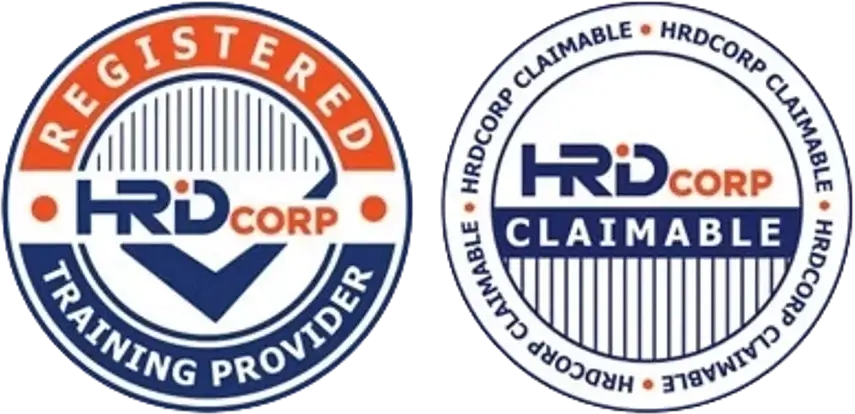Are You Calibrating Your Equipment According to GMP Standards?
When was the last time you checked your equipment calibration records?
In a GMP-compliant facility, proper calibration isn’t optional — it’s essential for ensuring product consistency, regulatory compliance, and audit success.
Failing to follow GMP calibration standards can result in product recalls, customer complaints, or even loss of certification.
🧭 What Does GMP Say About Equipment Calibration?
-
GMP guidelines (including PIC/S, WHO, NPRA, and FDA) require:
-
Regular calibration of equipment that affects product quality or safety
-
Clear documentation and traceability of all calibration activities
-
Immediate action if equipment is found out of tolerance
-
⚠️ Risks of Poor Calibration Practices
-
Incorrect measurements (weight, temperature, pH, etc.)
-
Batch failures due to inconsistent process parameters
-
Unreliable product testing results
-
Cross-contamination from malfunctioning cleaning equipment
-
Audit non-conformities due to missing or outdated calibration records
-
Customer complaints due to product quality issues
✅ Key Equipment That Must Be Calibrated Under GMP
-
Weighing scales and balances
-
Thermometers and data loggers
-
pH meters
-
Pressure gauges
-
Metal detectors
-
Pasteurizers, autoclaves, ovens, and freezers
-
Laboratory testing instruments
-
Filling machines and checkweighers
🔍 What GMP Auditors Look for During Calibration Checks
📁 Calibration Records
-
Calibration certificates with:
-
Date of calibration
-
Calibration results (pass/fail or tolerance)
-
Technician name and traceability
-
Next due date
-
📆 Calibration Schedule
-
Evidence of planned and routine calibration
-
Calendar system or logbook tracking due dates
🧪 Use of Calibrated Standards
-
External calibration by ISO/IEC 17025-accredited labs
-
In-house checks using traceable reference standards
⚠️ Handling of Out-of-Tolerance Equipment
-
Immediate action taken (e.g., tag out, product hold, investigation)
-
Evaluation of potentially affected batches
🏷 Equipment Labelling
-
Calibration status labels showing:
-
Last calibration date
-
Due date
-
Equipment ID or serial number
-
🛠️ Best Practices for GMP-Compliant Calibration
1. Establish a Calibration Program
-
Maintain an equipment master list
-
Define frequency based on:
-
Manufacturer recommendation
-
Process risk
-
Regulatory guidelines
-
2. Use Accredited Calibration Services
-
Work with ISO 17025 certified labs for critical equipment
-
Ensure certificate traceability to national/international standards
3. Train Staff on Equipment Use and Calibration Awareness
-
Teach operators to recognize:
-
Equipment drift
-
Damage or malfunction
-
Labeling and documentation importance
-
4. Control Non-Calibrated Tools
-
Clearly label or segregate “For Reference Only” equipment
-
Prevent use in critical manufacturing steps
5. Audit Your Calibration System Regularly
-
Review records and calibration effectiveness during internal audits
-
Use non-conformances as learning and improvement points
🧠 Pro Tip: Calibration Is Not Just a QA Responsibility
-
In GMP, everyone is responsible for ensuring equipment is in good condition
-
From production to maintenance — teamwork ensures compliance and safety
📌 Final Thoughts
Calibration is one of the simplest ways to protect your product integrity, but also one of the most overlooked.
Ask yourself:
✅ Are your records up to date?
✅ Are you using traceable standards?
✅ Are your operators aware of calibration labels and statuses?
If not — it’s time to act before an auditor does.
💼 Need help building or reviewing your GMP calibration program?
At CAYS Scientific, we assist Malaysian manufacturers with:
✔️ Equipment listing and criticality assessment
✔️ Calibration SOPs
✔️ Recordkeeping systems
✔️ Internal GMP audit support
📞 Contact us to ensure your calibration practices are truly GMP compliant.




